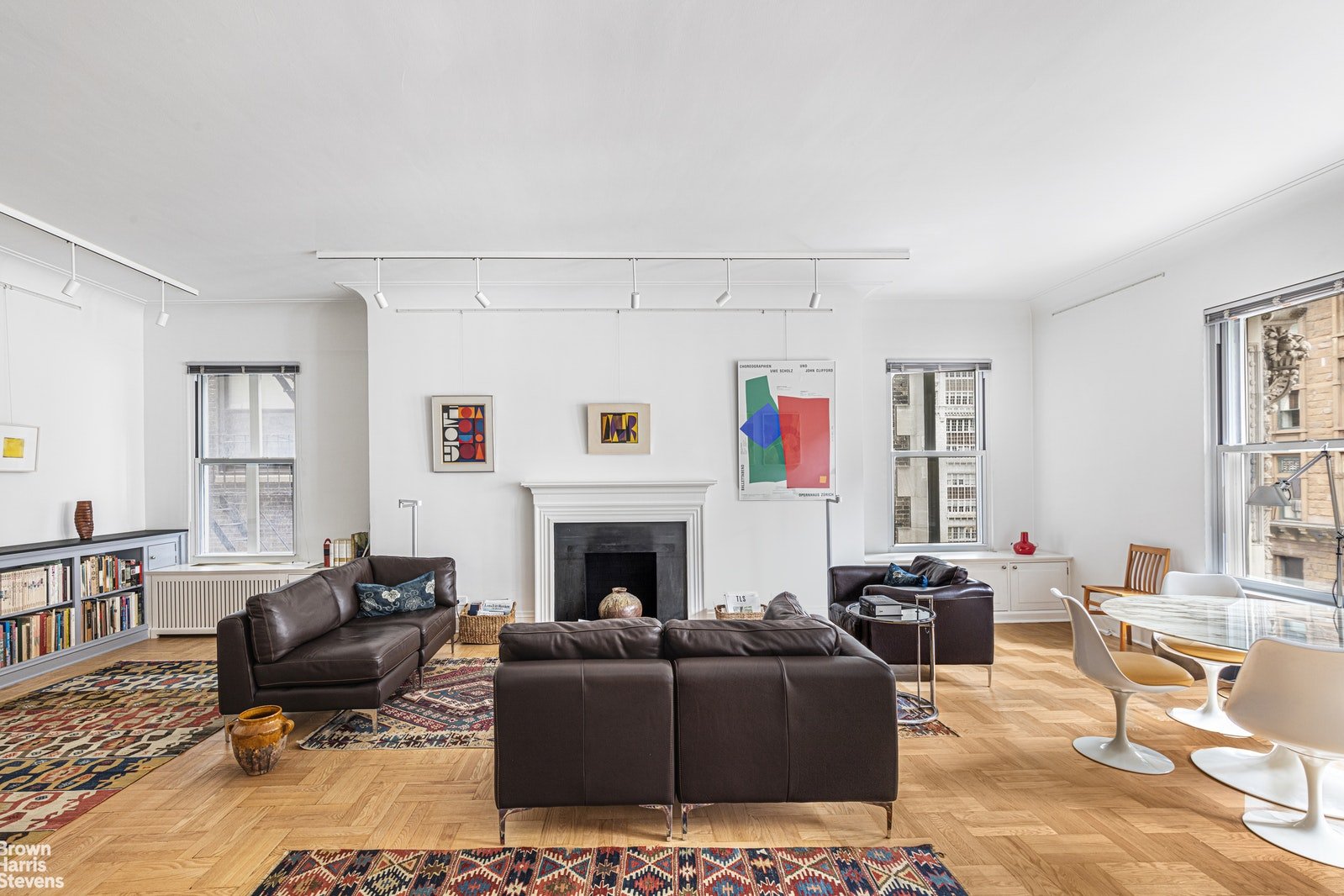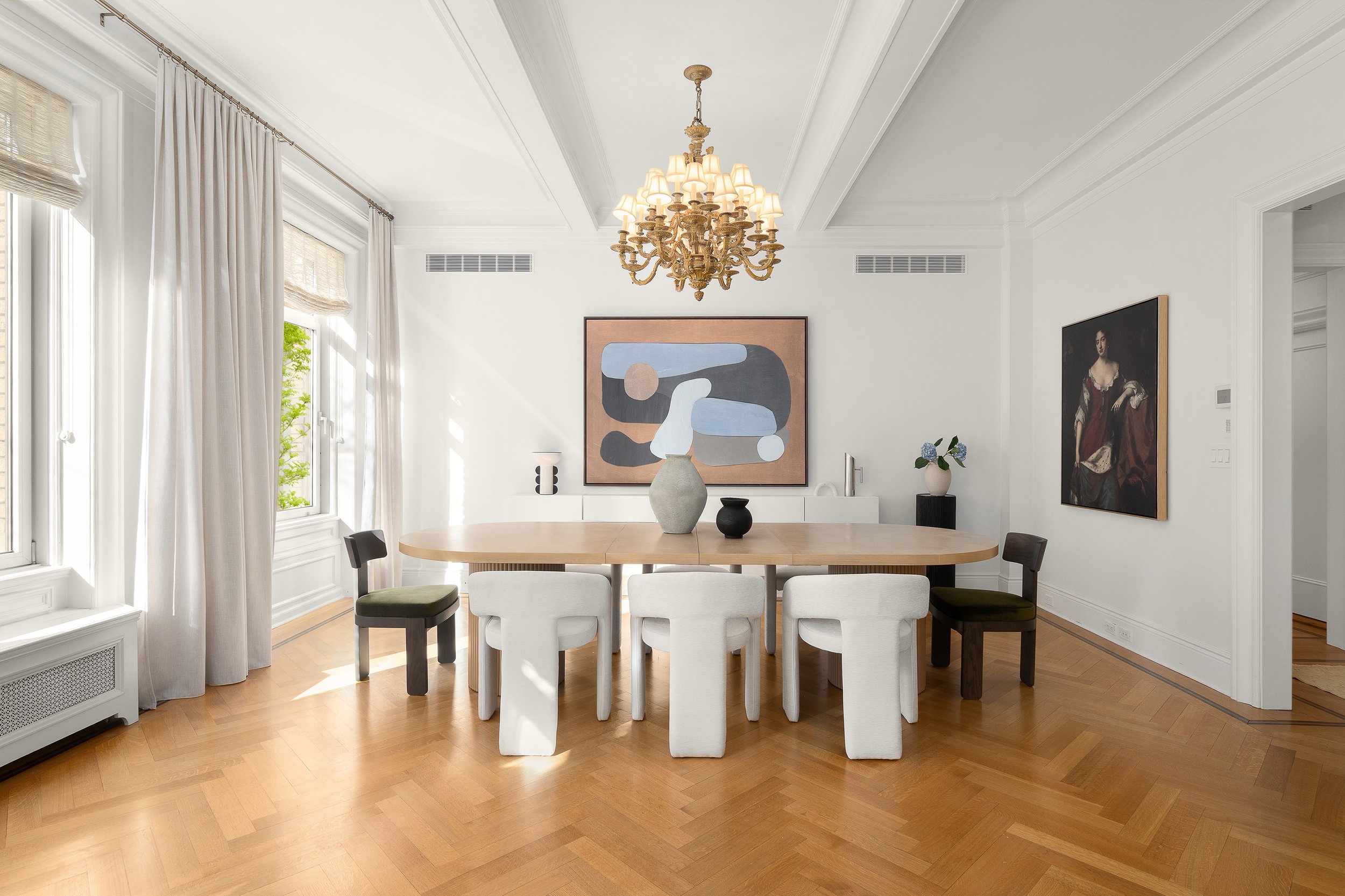Fall is for Fireplaces: four things buyers and renters should consider before cozying up
By Louise Phillips Forbes Brown Harris Stevens
180 West 58th Street Apartment #9D
For many residing outside of the city, the crisp fall air is synonymous with wool sweaters, hearty soups, and crackling wood-burning fireplaces. However, in New York City, before we can cozy up by the fire - there is an array of qualifications we must check off before committing to a property. A coveted amenity with a dwindling supply, a wood-burning fireplace can command a premium from $25,000 to as much as $100,000 on Fifth Avenue and Central Park according to most appraisers.
Before committing, it’s imperative to understand the pros, cons, and cautions for buyers and renters seeking a warm fire on a cold Gotham night. To be prepared we hope this overview on the dos and don’ts is helpful before committing to your preferred home with accommodating reclaimed fireplaces.
Do not assume that the wood-burning fireplace is in working condition
In New York City, it is not uncommon for a building to seal off the chimneys during renovations and repairs and offer the mantle as an aesthetic contribution rather than a source of warmth. Before closing on any property, make sure you are getting what you are looking for! In recent years, approximately less than 10% of fireplaces in apartments listed on Streeteasy are in working order. If you are graced with the privilege of having a New York City fireplace, it is recommended that chimneys and fireplaces are professionally painted and cleaned bi-annually or periodically depending on usage.
Responsibility for maintenance costs should be discussed in advance
Because of the added maintenance that comes with having a fireplace in the city, it is important to assess the upkeep costs that you might be assuming responsibility for. As part of pre-purchase diligence, be sure to have a conversation (and document it!) with your landlord and discuss what falls under your building’s jurisdiction and maintenance, and what falls under yours.
Wood-burning fireplaces can lead to higher insurance rates
Usually, standard homeowner’s insurance covers fire and smoke damages; however, depending on the insurer, you may have additional charges to cover. Most recently, you can anticipate an increase of 2% and higher depending on your insurance carrier.
Implement precautions for fireplace safety
If you are new to fireplaces, you may not yet know the safety risk behind these added amenities. To ensure an efficient and safe fireplace for you and your loved ones, there are some precautions you must take. The top priority is knowing the signs of poor ventilation. An example of this would be a blockage, in which smoke may be blown back into your living space. Never put anything flammable near the entrance of the fireplace, and more conveniently, leave the space surrounding a fireplace empty. To avoid a fire, never leave a fire unattended, and be cautious of what you chose to burn. And, in case of an emergency, always have a working carbon monoxide and smoke alarm and a ready-to-use fire extinguisher.
Have a listing you think should be featured contact us or submit here to tell us more! Follow Off The MRKT on Twitter and Instagram, and like us on Facebook.







